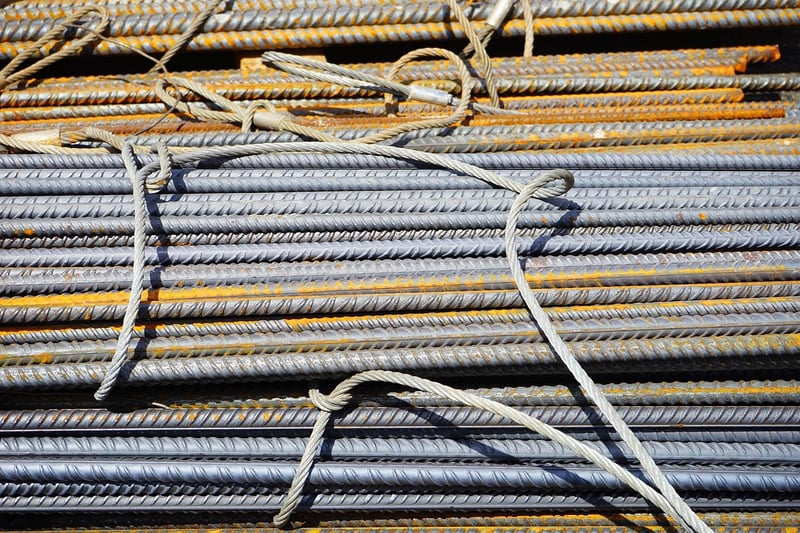Sourcing upcycling materials
Guidance and Tricks for Upcycling Success
Introduction
Upcycling is a fantastic way to breathe new life into old items, reduce waste, and unleash your creativity. Whether you are a seasoned upcycler or just starting, these tips and tricks will help you achieve upcycling success while having fun along the way.
1. Start with the Right Materials
Choosing the right materials is crucial for successful upcycling. Look for items that are well-made, have interesting shapes or features, and spark your creativity. Common materials for upcycling include wood, metal, glass, fabric, and plastic.
2. Plan Your Project
Before diving into a project, take some time to plan. Sketch out your ideas, gather inspiration from upcycling blogs or social media, and make a list of materials you'll need. Having a clear plan will help you stay organized and focused throughout the process.
3. Get the Right Tools
Having the right tools on hand can make upcycling much easier and more enjoyable. Basic tools like a hammer, screwdriver, sandpaper, paintbrushes, and glue are essential for most upcycling projects. Invest in quality tools that will last.
4. Embrace Creativity
Upcycling is all about thinking outside the box and getting creative. Don't be afraid to experiment with different techniques, colors, and materials. The beauty of upcycling lies in the unique and unexpected creations you can come up with.
5. Practice Patience
Upcycling projects can take time, especially if you are working on a larger piece of furniture or a complex design. Practice patience and enjoy the process. Remember, the journey is just as important as the end result.
Sourcing Upcycling Materials
1. Thrift Stores and Flea Markets
Thrift stores and flea markets are treasure troves of upcycling materials. Look for old furniture, picture frames, glassware, and other items that can be transformed into something new and beautiful.
2. Online Marketplaces
Online marketplaces like eBay, Etsy, and Facebook Marketplace are great places to find unique upcycling materials. You can browse a wide selection of items from the comfort of your home and have them delivered to your doorstep.
3. Community Swaps and Freecycle Groups
Joining community swaps or Freecycle groups is another excellent way to source upcycling materials for free. You can connect with like-minded individuals in your area and exchange items you no longer need for materials that inspire your next upcycling project.
4. Nature
Nature offers a plethora of upcycling materials, from driftwood and seashells to pinecones and branches. Take a walk outdoors and gather natural elements to incorporate into your upcycling projects for a touch of organic beauty.

By following these tips and sourcing materials creatively, you'll be well on your way to upcycling success. Remember to have fun, experiment, and let your imagination run wild as you transform old items into new treasures!
